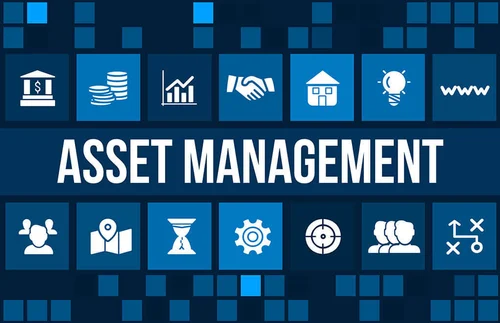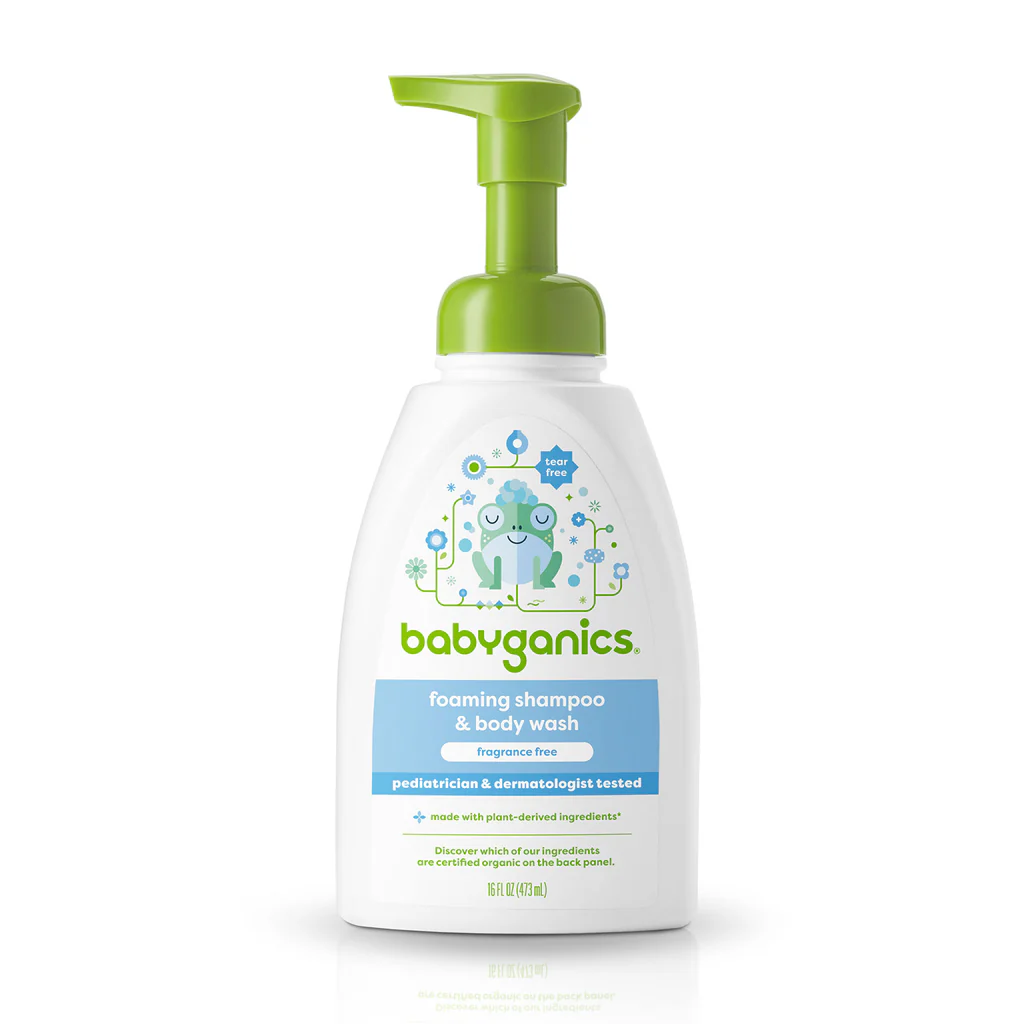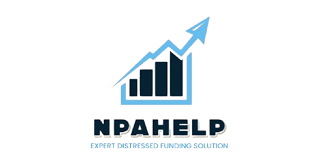The Chelation Challenge: Increased Demand for Drugs and Supplements to Manage Iron Overload in the India Thalassemia Market
A critical component of the **India Thalassemia Market**, and a major driver of its growth, is the escalating demand for iron chelation drugs and folic acid supplements. Thalassemia Major patients are dependent on regular blood transfusions, which are essential for survival but lead to a dangerous buildup of excess iron in the body—a condition known as iron overload. Untreated iron overload is toxic, causing severe damage to vital organs, most notably the heart and liver, and is the primary cause of mortality in these patients. Consequently, the use of iron chelation therapy—drugs designed to remove this excess iron—is a necessary, life-long treatment for virtually all transfusion-dependent individuals, making the chelation drug segment indispensable to the overall market.
The direct correlation between the rising prevalence of transfusion-dependent thalassemia and the demand for these drugs is a key factor supporting the market's robust growth trajectory. The **India Thalassemia Market** is expected to climb from a 2024 value of USD 1.5 billion to reach USD 3.5 billion by 2035, growing at a Compound Annual Growth Rate (CAGR) of 8.01%. The market includes various iron chelators, such as deferasirox, deferiprone, and deferoxamine, available in oral and injectable forms. Oral medications have revolutionized patient compliance, a crucial factor in successful chelation therapy, thereby increasing their market share. In addition to chelation, folic acid supplements are required to support the increased production of red blood cells in these anemic patients. For a detailed breakdown of the drug segment, including the market performance of different chelation agents, the official India Thalassemia Market report offers strategic insights. The report provides a clear view of the dominance of the treatment segment.
The challenge for the Indian healthcare system lies in ensuring affordability and consistent availability of these life-saving drugs. Iron chelation therapy, particularly with newer, more convenient oral agents, can be expensive. Government schemes, such as the Thalassemia Bal Sewa Yojana, aim to address this challenge by providing subsidies and free drugs to eligible patients. However, the sheer number of affected individuals necessitates a continuous and massive supply chain. The competitive landscape is therefore focused on developing cost-effective, high-quality generic versions of these essential drugs, alongside efforts to improve drug delivery and patient adherence through innovative packaging and support programs.
Furthermore, the focus is expanding beyond just therapy to include better diagnostic tools for monitoring iron levels, such as advanced magnetic resonance imaging (MRI) techniques. Accurate and regular monitoring of iron concentration in the heart and liver is vital for tailoring chelation therapy effectively, thus creating a synergistic relationship between the diagnostic and treatment segments. As awareness of the importance of strict chelation compliance grows among both practitioners and patients, the demand for both the chelation drugs and monitoring services will only intensify. The enduring and vital role of managing iron overload ensures that the drug and supplement segment will remain a dominant and high-growth area within the evolving **India Thalassemia Market** for the foreseeable future, driving both revenue and improved quality of life for the patient population.








